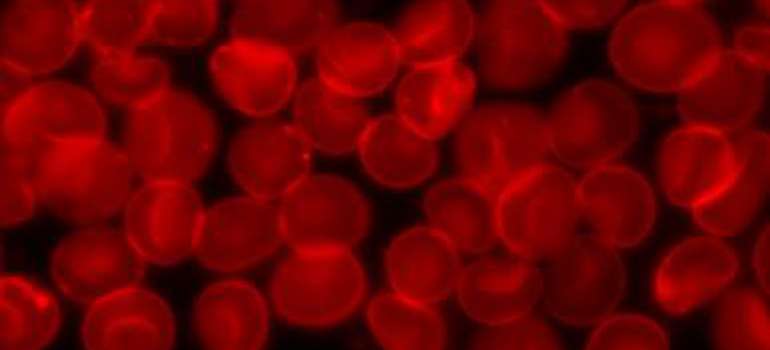Simple blood test developed to screen for life-threatening liver disease

Doctors at Baylor College of Medicine and Texas Children's Hospital have found a way to detect biliary atresia and other neonatal liver diseases in newborns using a simple blood test. This means that infants with biliary atresia, a life threatening and hard-to-detect disease of the liver and bile ducts, can be diagnosed and treated earlier, which has the potential to reduce the number of infants needing liver transplantation.
"Biliary atresia is a particularly devastating disease and is the most common reason why children need a liver transplant," said Dr. Sanjiv Harpavat, assistant professor of pediatrics – gastroenterology, hepatology and nutrition at Baylor and Texas Children's. "We know that diagnosing and treating biliary atresia earlier with an operation called the Kasai portoenterostomy could help children delay or even avoid transplant. However, we also know that biliary atresia is very challenging for clinicians to identify early."
To address the problem of making an early diagnosis, Harpavat and his colleagues, including Dr. Benjamin Shneider, professor of pediatrics and George Peterkin Endowed Chair at Baylor and chief of the gastroenterology, hepatology and nutrition service at Texas Children's, designed a study to test a simple way to screen infants for biliary atresia in the first 2 to 3 weeks of life. Their research appears in the current issue of the New England Journal of Medicine.
The population-screening study included all infants born in four hospitals around Houston during a 15-month period. The research now has been expanded to 10 hospitals in Houston and South Texas. The screening they developed is based on newborn direct or conjugated bilirubin measurements, a common test available in newborn nurseries. In previous research, Harpavat and colleagues showed that direct or conjugated bilirubin levels are elevated in all newborns with biliary atresia. This finding was somewhat unexpected as many believe the disease starts in the first few weeks of life.
All of the infants in the study were screened, and those identified as having bilirubin concentration exceeding the 95th percentile were rescreened at or before their first well-child visit. A total of 11 infants retested positive at the median age of 14 days.
"This new study presents preliminary data on a novel method for screening for biliary atresia in newborns, and shows that the test is very accurate," Harpavat said. "If confirmed in larger studies, our screening method might be used to screen every infant born in the United States for biliary atresia, similar to the way newborns are routinely screened for other diseases."
Biliary atresia accounted for about 60 percent of liver transplants in infants less than one year of age from 2005 to 2014, so developing a screening that can reduce the need for liver transplants in infants is a significant advancement, he said.
Researchers worked closely with primary care pediatricians throughout the city during the study, offering guidance and education when a patient tested positive initially, Harpavat said. Physicians have used the information and incorporated it into their own practice to identify infants with biliary atresia earlier who were not part of the screening protocol. "This was an unanticipated and very welcome benefit of the work. The landscape of biliary atresia in Houston has changed dramatically since these changes were instituted," Shneider said.
More information: Sanjiv Harpavat et al. Newborn Bilirubin Screening for Biliary Atresia, New England Journal of Medicine (2016). DOI: 10.1056/NEJMc1601230














